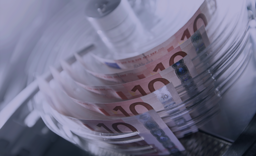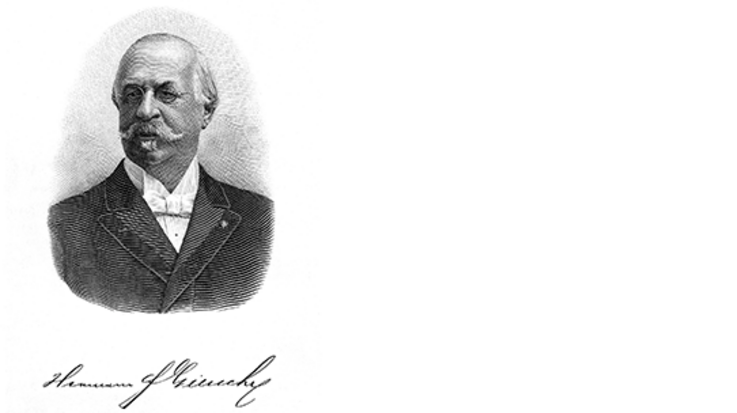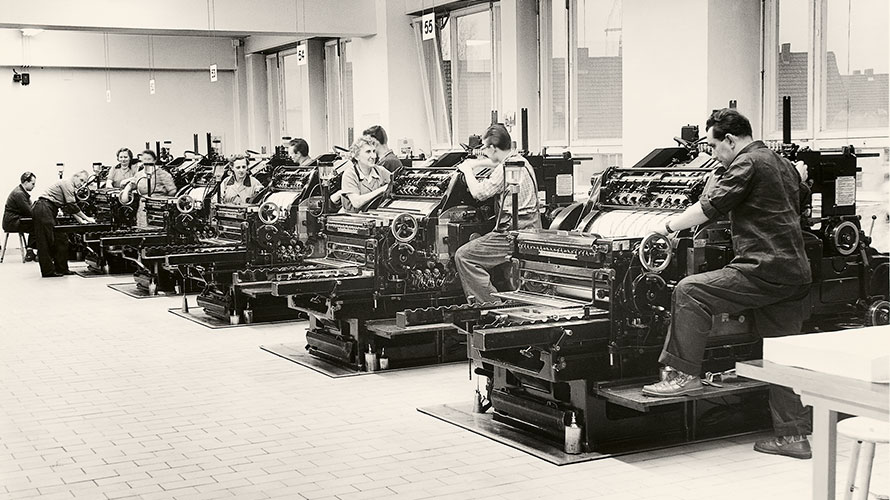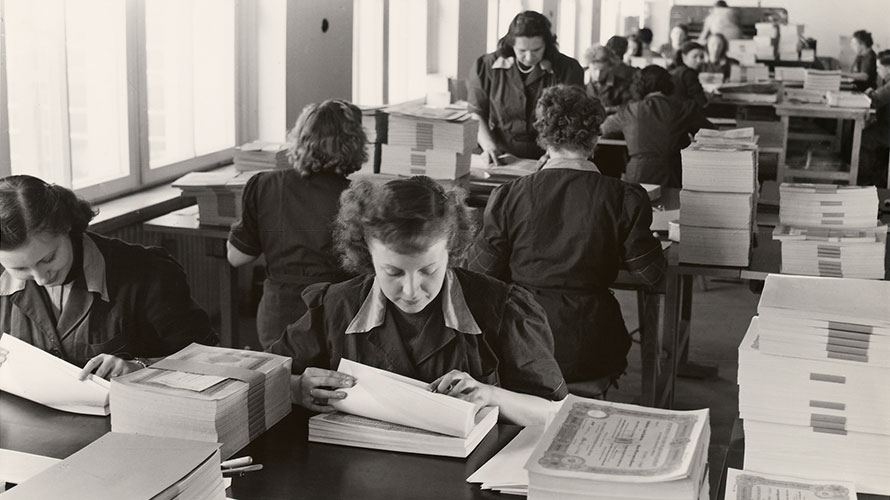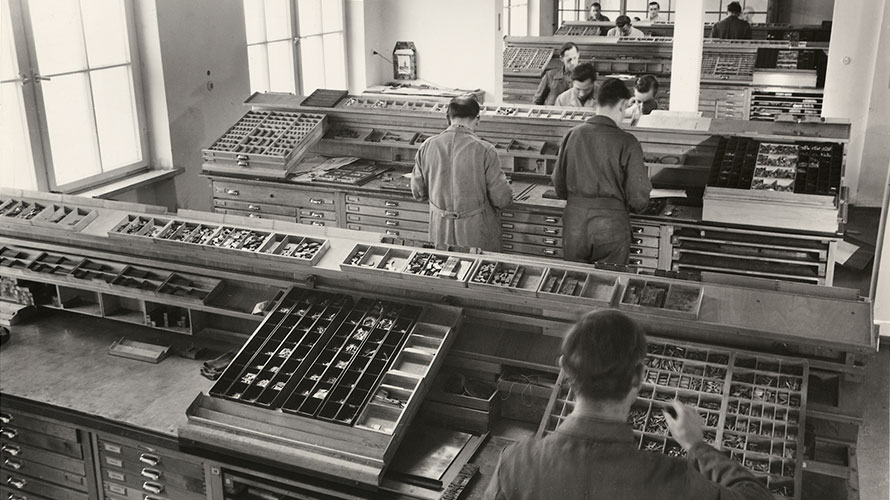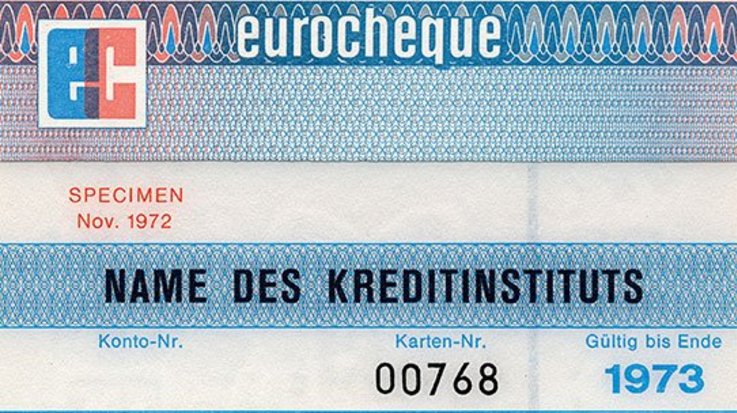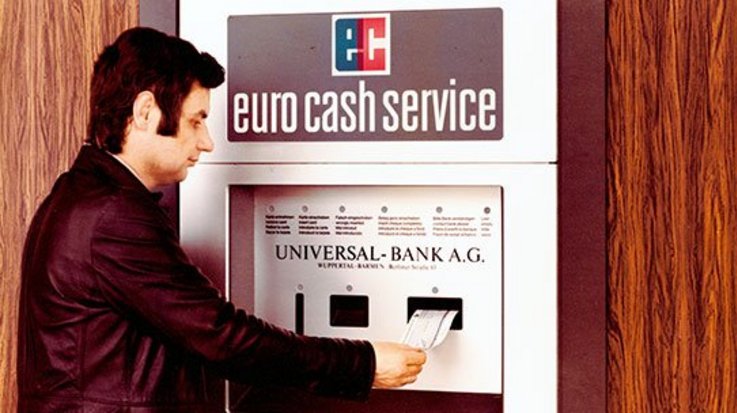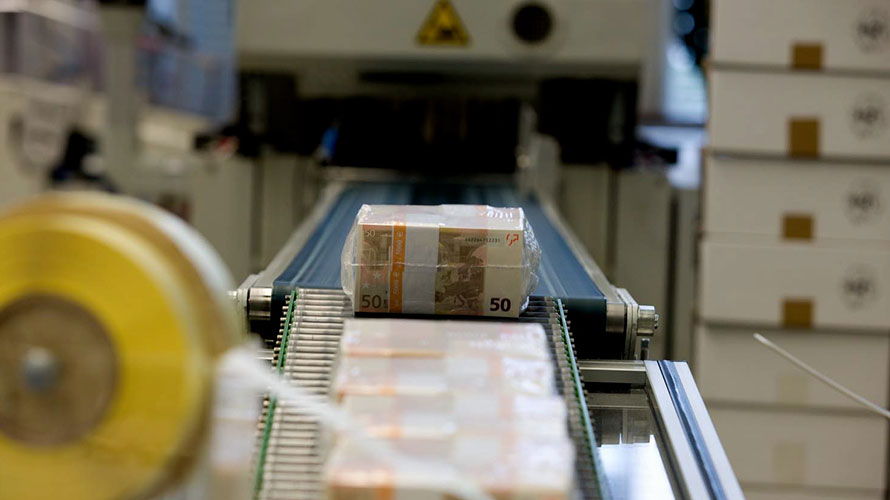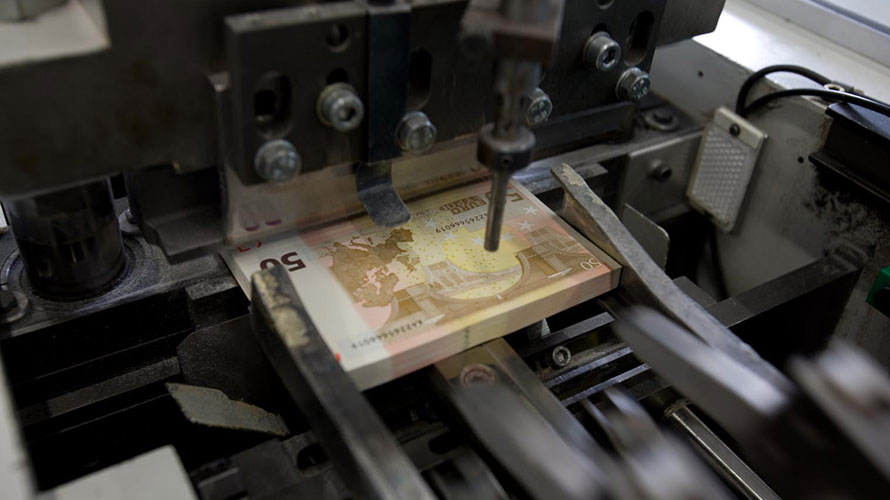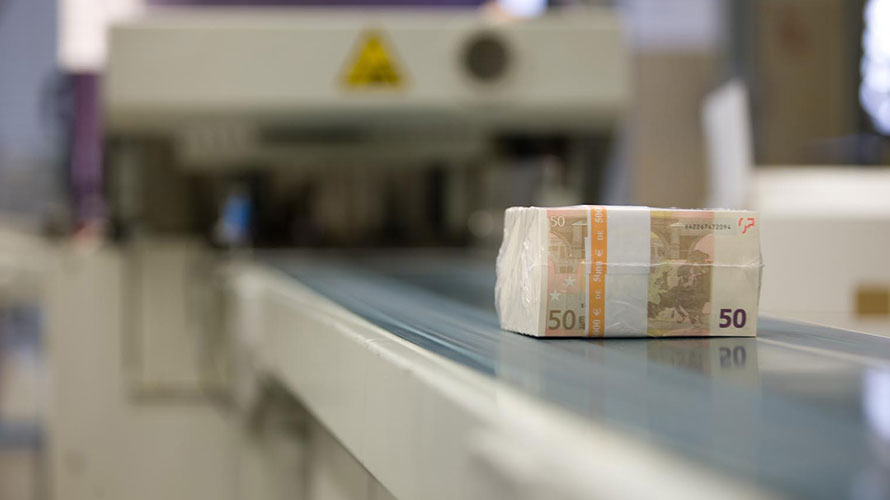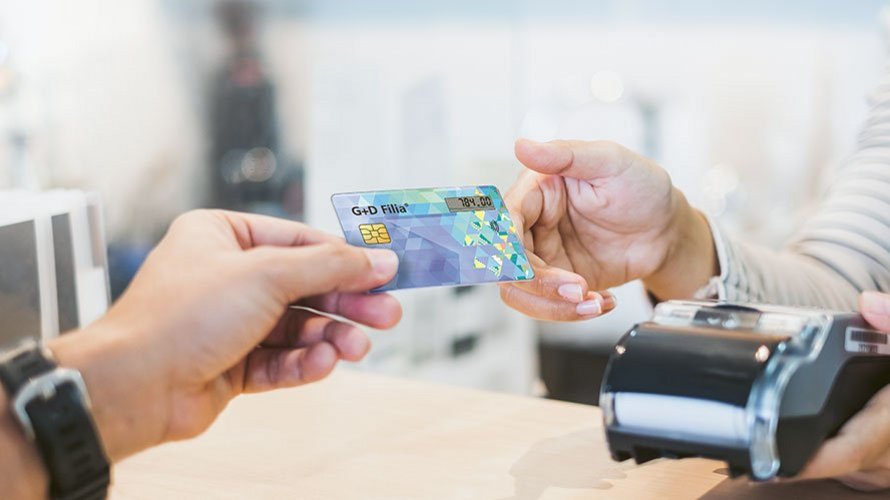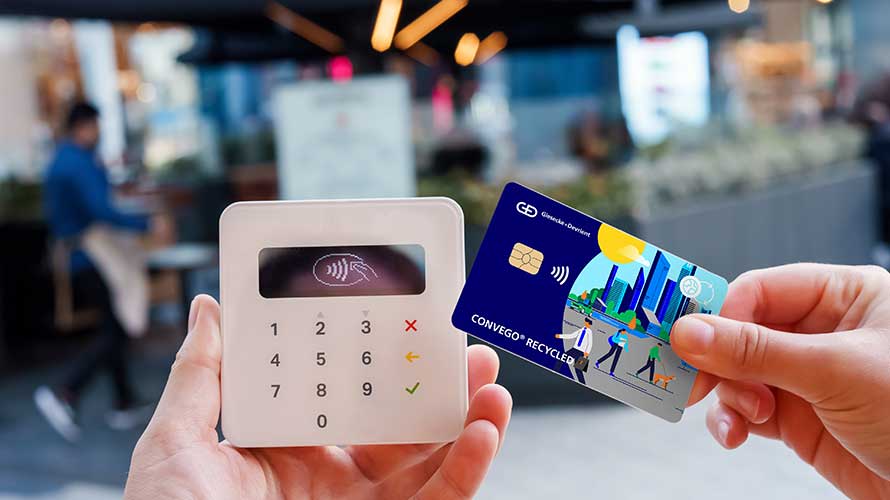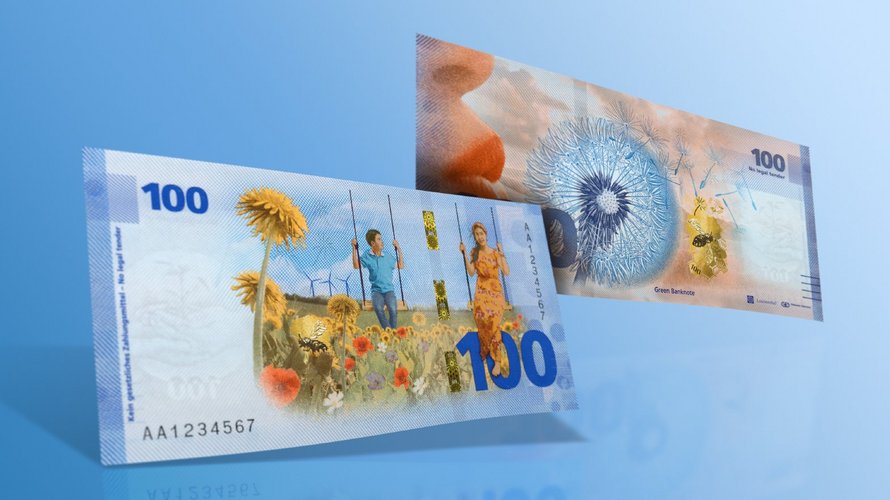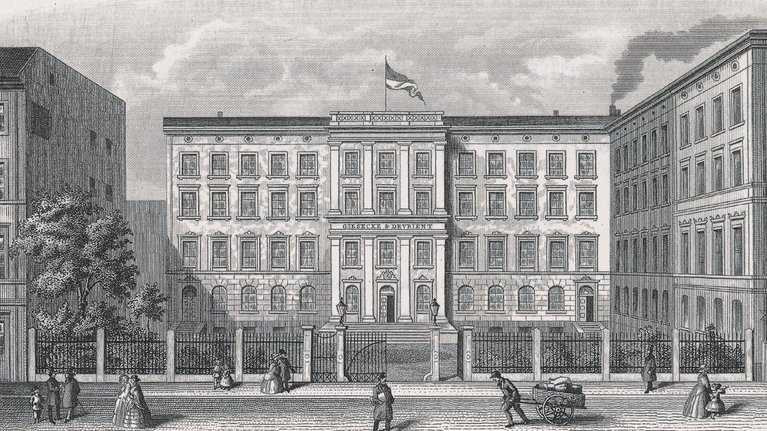
From banknote printers to SecurityTech-group
Hermann Giesecke (1831-1900) and Alphonse Devrient (1821-1878) founded Giesecke+Devrient (G+D) in Leipzig in 1852. The family-owned company specialized in security and banknote printing. After their property in Leipzig was expropriated in 1948, and following the firm’s subsequent re-establishment in Munich, Siegfried Otto (1914-1997) developed the company into an international technology group. The company remains completely family-owned to this day.
Our founders
Milestones in G+D’s history
- 1852 Founded in Leipzig by Hermann Giesecke and Alphonse Devrient
- 1854 First banknote printed, with international orders following
- 1864 First order for the printing of passports
- 1922 First commission from the German Reichsbank
- 1948 Re-establishment in Munich of the expropriated company
- 1955 First order to print banknotes in Munich for the Central Bank of Peru
- 1958 First commission from the German Bundesbank to print Deutschmark
- 1964 Purchase of the Louisenthal paper mill in Gmund am Tegernsee
- 1968 Development of the eurocheque system
- 1975 Introduction of automated banknote processing systems and the first machine-readable banknote worldwide
- 1981 Production of the first chip cards commissioned by French banks and the German Bundespost
- 1991 Delivery of the first commercial SIM card worldwide
- 1991 Repurchase of the Leipzig parent company and acquisition of the Königstein paper mill
- 1999 printing of euro banknotes
- 2003 Foil production facility set up in Louisenthal
- 2003 Opening of the banknote printing plant in Malaysia
- 2004 Passports with chips become available
- 2004 Acquisition of a majority stake in secunet Security Networks AG
- 2004 secunet becomes IT security partner of the Federal Republic of Germany
- 2010 G+D joins the UN Global Compact
- 2012 Introduction of eSIM
- 2015 Veridos GmbH founded – a joint venture with Bundesdruckerei, Berlin
- 2020 G+D develops its own CBDC solution Filia®
- 2020 Introduction of the sustainable payment cards Convego® Beyond
- 2020 Investment in the Swiss Netcetera Group
- 2021 Acquisition of the British Pod Group
- 2022 Start of the Green Banknote Initiative
- 2022 G+D celebrates its 170th anniversary
- 2023 Activation of the 100 millionth eSim
Development of the company
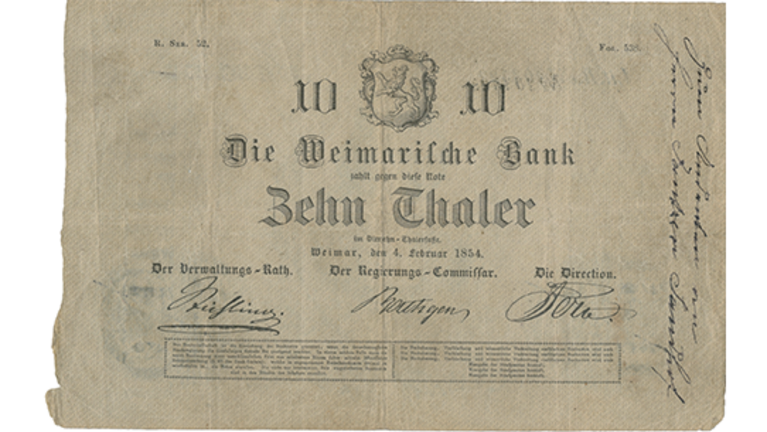
Success through printing
On June 1, 1852, Hermann Giesecke and Alphonse Devrient found the “Giesecke & Devrient" Typographic Art Institute in Leipzig. In 1854, G+D receives its first order to print banknotes from the Weimar Bank.
Until the foundation of the German Reich in 1871, G+D prints so-called "Staatspapiergeld" (government banknotes) for eight German principalities, and banknotes for 19 private central banks. By 1865 business has become international, with a printing order from Switzerland.
Further orders come, for the first time beyond the European borders, from South America, starting in 1873. Back then and today, these orders are fulfilled with technical expertise relating to the latest printing processes, and consistently staying one step ahead of counterfeiters, giving the company its competitive edge.
In the 1920s, G+D starts printing for the German Reichsbank for the first time.

The business after 1948
After the company building in Leipzig is expropriated, Siegfried Otto, husband of Jutta Devrient, a descendant of the G+D founders, begins redeveloping the company in 1948. Business at the new headquarters in Munich grows rapidly. A major milestone comes in 1958 in the form of an agreement with the German Bundesbank to supply half of all German banknotes. The Louisenthal paper mill in Gmund am Tegernsee is purchased in 1964. In the years that follow, this grows to be the most advanced paper mill in Europe. Louisenthal becomes one of the first locations in the world to produce banknote and security paper. After German reunification, G+D repurchases the Leipzig headquarters in 1991 and acquires the Königstein paper mill in Saxony.
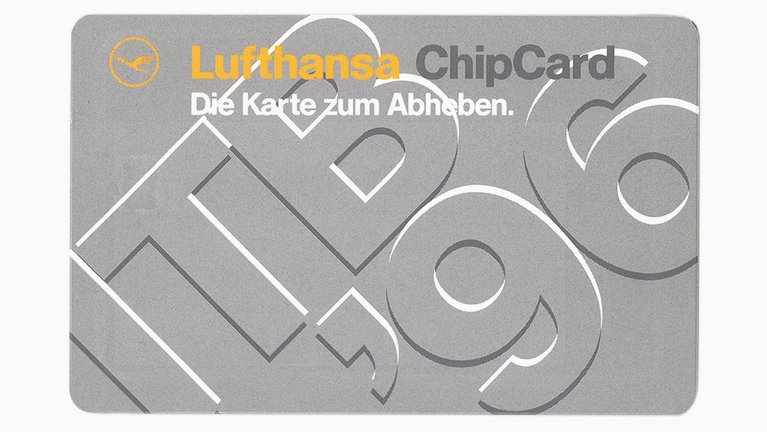
Smart Cards: a new mainstay
In 1968, the European banking industry develops the eurocheque system jointly with G+D, marking the successful entry into the electronic card business. In 1989, G+D invents the “SIM plug-in”, which gains acceptance as the global standard for SIM card formats. In 1991, G+D delivers the world's first commercial SIM card to the then Finnish mobile operator Radiolinja. The smartcard business is not just limited to payment transactions and mobile communication. There are also new customers in the health and transport sectors. In 1996, the first contactless chip card is used by Deutsche Lufthansa. In 2004 G+D introduces the micro SIM. Since 2004, G+D has also produced a passport with a chip that stores biometric data. In 2011, G+D develops the nano SIM. Just one year later, G+D introduces the eSIM: the embedded SIM card.
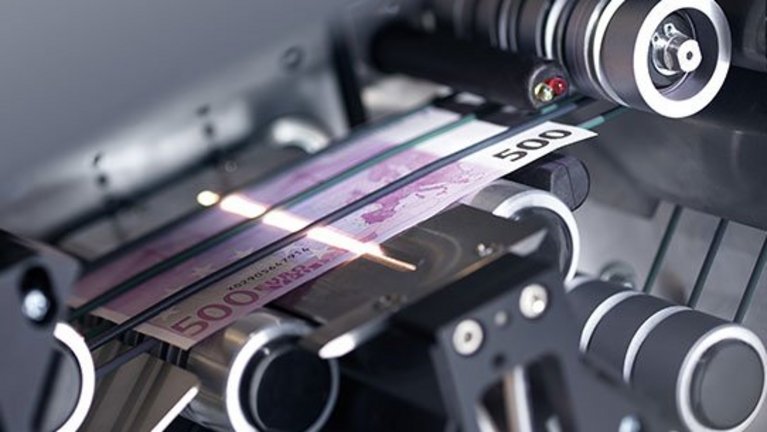
Machines read banknotes
Printing banknotes is a major pillar of G+D’s business. When the European Central Bank commissions 15 printing works to produce euros in 1999, G+D is the company that prints the largest volume of these, due to its high skill level and flexibility.
G+D continuously develops new security features which present effective barriers to counterfeiters. An example of this is LEAD foils (Longlasting Economical Anticopy Device), optically variable foil strips with holographic and micromirror structures.
The introduction of the world's first machine-readable banknote with the M-Feature® authenticity feature in 1975 and the ISS 300 banknote processing system in 1977 lay the foundation for the new systems business. By 2001, more than 2,200 of these systems have been installed worldwide. These systems assist central and commercial banks, banknote printers, cash-in-transit companies, and casinos in increasing the security and efficiency of all their cash management processes. The systems are supplemented by packing systems, banknote destruction systems, and comprehensive consultancy and service support.
In 2009, for example, the BPS® M7 banknote processing system is introduced.
It checks up to 120,000 banknotes per hour for authenticity and fitness for circulation. The machine also reads their serial numbers at the same time. In addition, it simultaneously detects a wide range of information about the condition of the banknotes. As a result, G+D big data solutions optimize the entire cash cycle, whether through reworking the features on banknotes, or using well-founded and accurate capacity planning to optimize the use of manpower and machines.

Now a SecurityTech-group
In 2001, G+D establishes a new business unit focusing on information and network security. The majority shareholding in secunet Security Networks AG, based in Essen, a specialist for cyber security solutions, adds the IT security solutions business in 2004. In 2009, G+D acquires a further 26.4 percent of the shares from RWTÜV.
In creating the Mobile Security business sector, G+D increasingly focuses on the mobile security applications market. G+D Mobile Security supplies complete solutions comprising secure elements, software platforms, services, and solutions. These form the basis for the management and protection of digital identities throughout their lifecycle. In 2023, Mobile Security is split into two divisions.
G+D also has decades of experience in the field of government solutions. In 1994, for example, the company supplies national ID cards and personalization systems to Namibia, with many major international projects following. Documents and processing systems continue to be further developed throughout these projects. Innovations range from storage options for biometric data, and the development of a thermochromic security feature, which enables authentication by rubbing it with the fingers, to contactless ID cards with numerous eGovernment applications. G+D and Bundesdruckerei combine their international government solutions business in a joint venture that started in 2015. Veridos supplies highly secure travel documents, ID systems and healthcare cards. These can be used both for conventional identification purposes, and for providing authentication and protection for electronic business processes via the internet.
Get in touch
If you have any questions about our end-to-end business solutions or about our SecurityTech company, seek expert advice, or want to give us your feedback, our team is here to support you, anytime.


